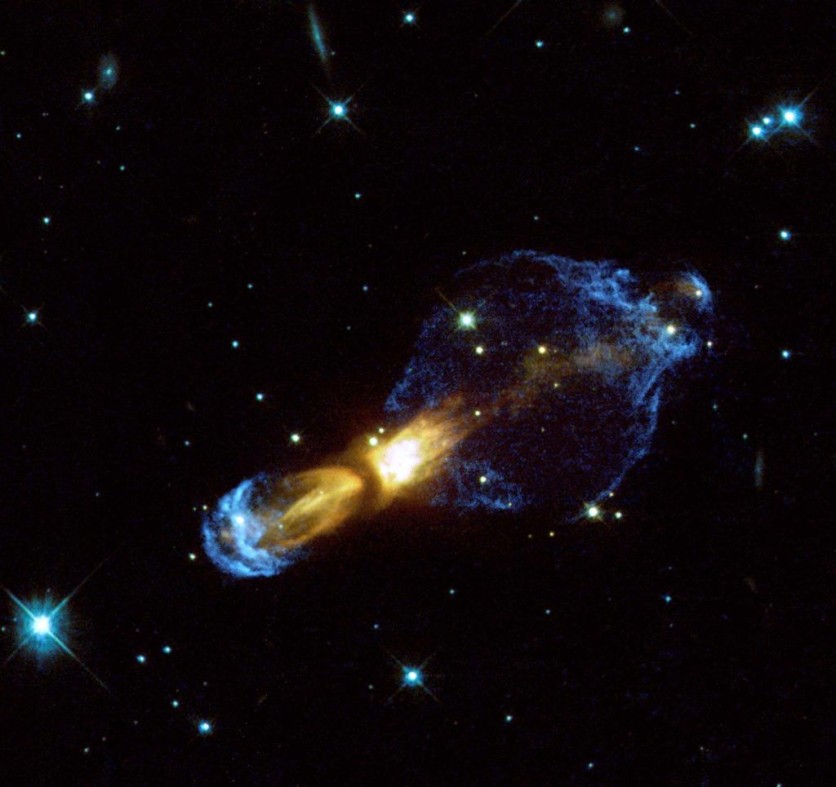More than 10,000 amateur scientists from 85 different nations have been enlisted by astronomers on a large galaxy-mapping endeavor.
They are now hoping to dramatically increase their volunteer workforce for a special initiative that might shed light on the nature of dark energy for the first time, as per a press release.

HETDEX Research Project
The University of Texas at Austin's McDonald Observatory hosts the HETDEX research project, which stands for the Hobby-Eberly Telescope Dark Energy Experiment.
Volunteers can simulate what it's like to be an astronomer, unraveling the mysteries of the universe, using a smartphone or computer.
This will assist professional astronomers in discovering far-off galaxies and learning more about the enigmatic dark energy that is accelerating the expansion of the cosmos.
Since the debut of Dark Energy Explorers in February 2021, around 10,000 volunteers have located about 240,000 galaxies.
This equates to about one-tenth of the total number of galaxies the researchers anticipate discovering in their scan of the sky's region roughly the size of 2,000 full moons and containing the majority of the Big Dipper.
Zooniverse Platform
Dark Energy Explorers use the Zooniverse platform, the world's biggest community for amateur scientists. Participation is possible for users through the Zooniverse website or smartphone app (available for iOS and Android).
Then, from a selection of initiatives, participants can choose Dark Energy Explorers by creating a free account.
Volunteers examine astronomical photographs after a brief lesson and determine whether the things they see are galaxies or random noise, a distinction that even the most advanced software tools have too much difficulty making.
After that, volunteers swipe left or right to determine if an image depicts a galaxy.
Read Also : Astronomers Map the 'Poor Old Heart' of the Milky Way Galaxy Brimming with 2 Million Metal-Poor Stars
Understanding Dark Energy
The vast scientific effort aims to determine whether dark energy is constant or fluctuates through time. Dark energy is thought to make up at least two-thirds of the cosmos, even though little is known about it.
Understanding dark energy's behavior is an essential first step toward discovering what it is, but in order to detect dark energy in action, astronomers need a vast sample of far-off galaxies to examine.
The 11-meter Hobby-Eberly Telescope at the McDonald Observatory in West Texas, one of the largest optical telescopes in the world, was used for the HETDEX project.
Volunteers from Dark Energy Explorers review HETDEX photos, cutting astronomers' time spent on this activity by 90%.
So far, volunteers have used 3.75 million swipes to identify 247,000 galaxies. To obtain a consensus and improve accuracy, each candidate galaxy is examined by roughly 15 people, which results in a significantly high number of swipes.
"We've tried writing computer code to do this and even used machine learning, but we found the human eye is significantly superior," HETDEX principal investigator Karl Gebhardt said in a statement.
"We were skeptical at first, but we were blown away by the accuracy."

ⓒ 2025 TECHTIMES.com All rights reserved. Do not reproduce without permission.




